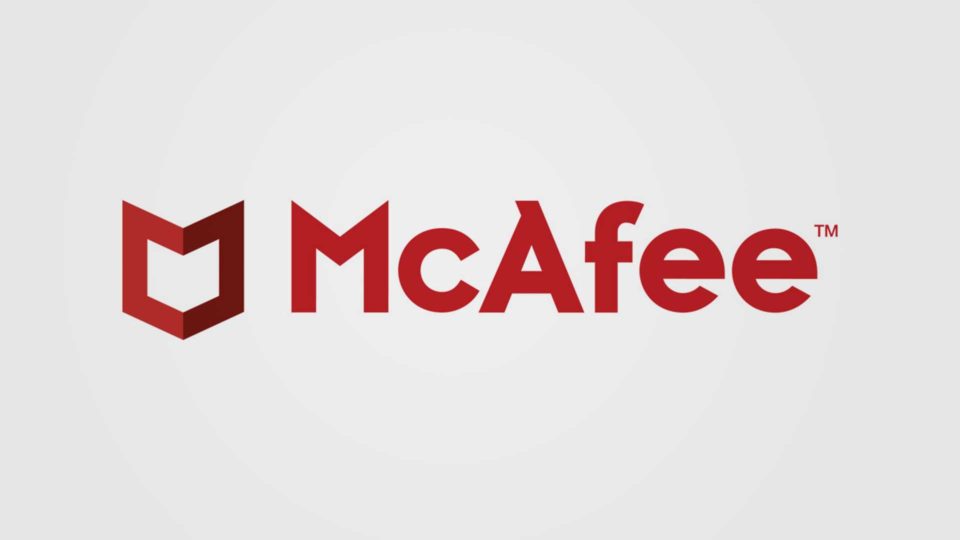Getting Started with Cloud Governance

Governing cloud security and privacy in the enterprise is hard, but it’s also critical: As recently noted in a blog by Cloud Transformation Specialist Brooke Noelke, security and complexity remain the two most significant obstacles to achieving enterprise cloud goals. Accelerating cloud purchases and tying them together without critical governance has resulted in many of today’s enterprise security executives losing sleep, as minimally secured cloud provider estates run production workloads, and organizations only begin to tackle outstanding SaaS (Software as a Service) footprints.
For security professionals and leaders, the on-premise (or co-location) data center seems simple by comparison: Want to protect applications in the data center? By virtue of the fact that it has a network connection in the data center, there are certain boundaries and processes that already apply. Business unit leaders aren’t exactly standing by with a credit card, trying to load tens of thousands of dollars of 4U Servers, storage racks, and a couple of SAN heads and then trying to expense it. In other words, for a workload in the data center, certain procurement controls must be completed, an IT review established, and implementation steps forced before the servers “light up”—and networking gates must be established for connectivity and publishing.
When it comes to the cloud, however, we’re being asked to fulfill new roles, while continuing to serve as protector of all the organization’s infrastructure, both new and existing. Be the rule setter. Contribute to development practice. Be the enforcer. And do all of this while at the same time making sure all the other projects you already had planned for the next 18 months get accomplished, as well …
Without appropriate controls and expectation-setting, development teams could use a credit card and publish a pre-built workload—from registration to world-accessibility—in hours! Sadly, that’s the reality at many organizations today, in a world where as much as 11% of a company’s published sensitive data is likely to be present in custom/engineered cloud applications.
Simplify Governance – Be Transparent
One of the biggest challenges for today’s businesses is understanding what the “sanctioned” path to cloud looks like: Who do they reach out to? Why should they engage the security team and other IT partners when the software vendor is willing to take credit cards directly? At many of today’s enterprises, “Security Awareness” initiatives mean some emails and a couple training sessions a year on “building block” security measures, with a particular focus on detecting phishing emails. While these measures have their place, security teams should also establish regular partnership meetings at the business unit level to “advertise” available services to “accelerate” capabilities into the cloud.
However, instead of communicating what the business will receive or explaining the steps the security team requires in order to complete the process, the emphasis should be on what departments receive by engaging the security team early: Faster funding and procurement approvals. Proactive scheduling of scarce resources for application review. Accelerated provisioning. And ultimately, faster spend and change times, with less risk and hopefully with minimal schedule impact.
The security team also needs to help the business understand that, while they may not see it reflected in direct line items today, there is a cost per application that they are generating for existing/legacy applications. If the perception is that today’s applications are “free,” but the team needs a line item to be created in new projects for cloud security deployments, it encourages people to exit the process or to avoid things that add to the price—or, at least, to fight an internal battle to push back on each line-item add. Our job is to help the organization understand that today’s security spend is around 7% of infrastructure or application spend, and to set the expectation that whatever the next-generation project budget is, an associated investment should be expected—in both technology and people—to secure the platform.
Establish a Goal and Discuss It
Does your business understand what the “goal line” looks like when it comes to putting something into the cloud? Would they know where to go to find the diagram(s) or list(s) that define that? What level of cloud competency and security understanding does someone in the business need in order to consume what your team has published?
If the answer to one or more of these questions is a shrug—or demands a master’s level understanding of technical knowledge—how can we as the leaders of the security space expect the business to readily partner with us in a process they don’t understand?
Published policy with accompanying detailed standards is a start. But the security team has an opportunity to go a step further with very basic conceptual “block” diagrams, which set “minimum viable protection” that the business’ “minimum viable product” must have to go into security.

The easiest way to do this is to take a minimum control set, and then create a few versions of the diagram—in other words, one for the smallest footprint and one or more at larger scale—to explain to the organization how the requirements “flex” according to the size and traffic volume of what has been deployed.
Cloud Governance is Possible
Governance is the initial building block for cloud security. Being successful in protecting cloud applications requires effective technical controls, like MVISION Cloud’s product risk assessment and protection for enterprise data through unified policy. For the organization to mature and further reduce risk, governance must become as much about consulting with businesses regarding cloud consumption as it has been historically about risk meetings and change reviews. With a few simple adjustments and intentional internal marketing investments, your team can start the journey.
The post Getting Started with Cloud Governance appeared first on McAfee Blogs.

